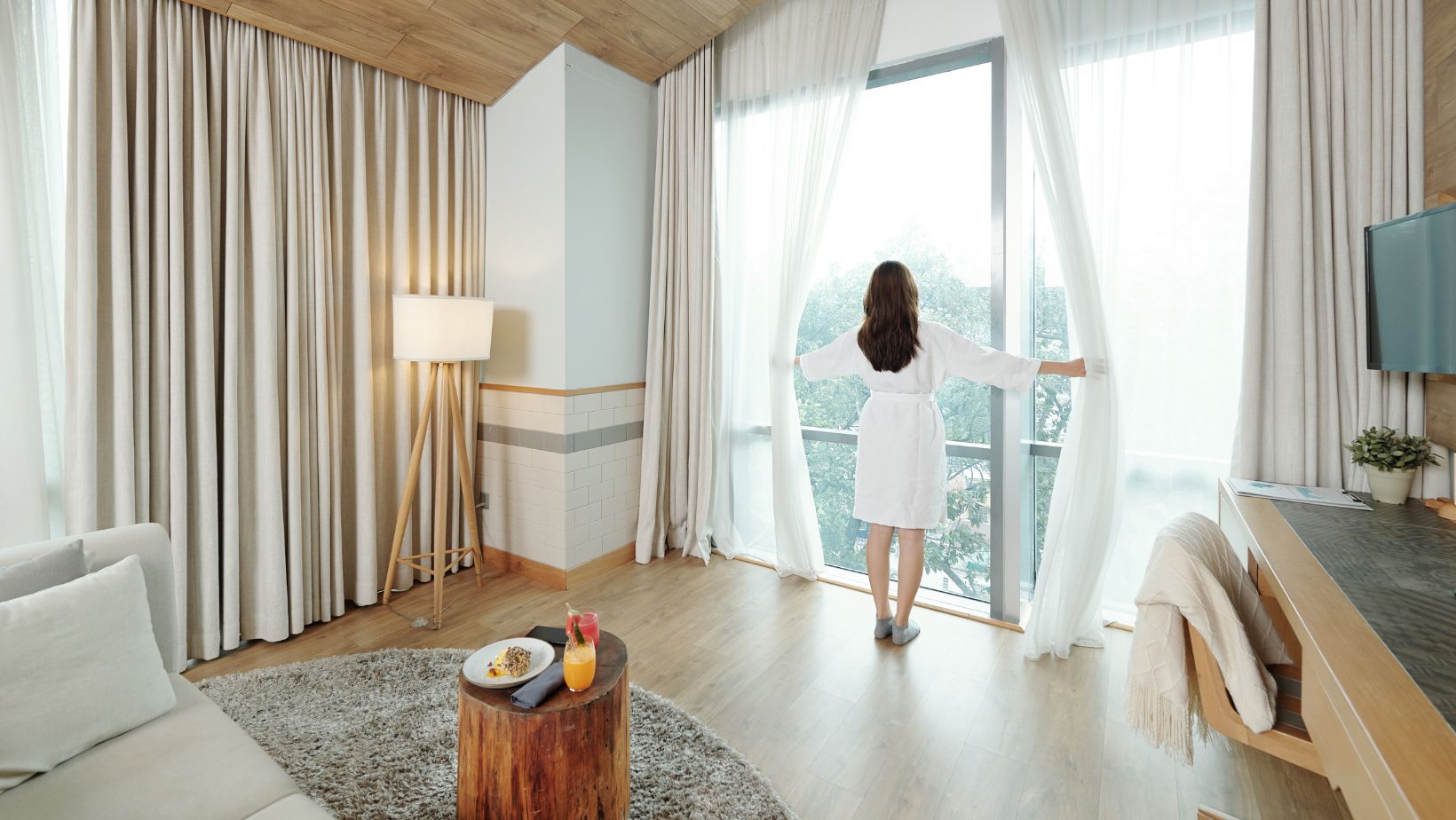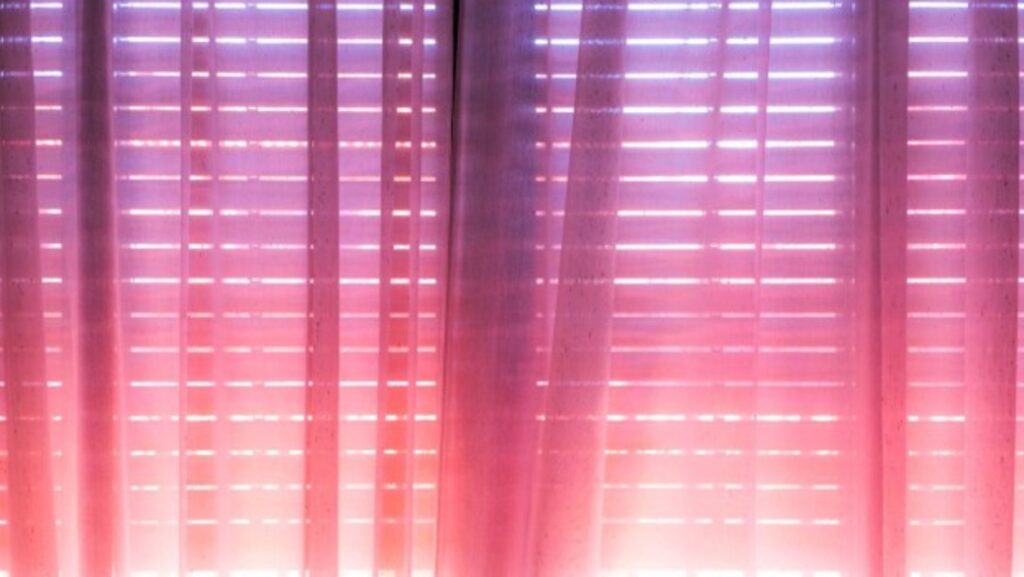Curtains are an essential part of home decor, playing both functional and aesthetic roles. Whether you’re refreshing your home or moving into a new space, selecting the right curtains requires thoughtful consideration. Curtains can enhance your room’s atmosphere, provide privacy, control light, and even help with insulation. But with so many styles, materials, and functionalities available, how do you choose the right ones for your space? Here are some key factors to consider when buying curtains.
Understanding the Purpose of Your Curtains
Before choosing the right curtains, it’s important to understand their primary function in your space. Are they meant to block out light, provide privacy, or simply enhance the room’s aesthetic? For instance, in a living room, you might want sheer curtains for daytime use and heavier drapes on a double track for evening privacy. This setup allows you to easily switch between light and privacy depending on the time of day. By clarifying the purpose, you can select curtains that balance both functionality and design to perfectly suit your needs.
Choosing the Right Fabric
Fabric is one of the most critical factors when selecting curtains because it determines how they will drape, their durability, and how they interact with light. Popular fabrics include cotton, linen, silk, velvet, and polyester. Cotton and linen are great for a more casual, airy feel and work well in spaces where natural light is desired. Silk and velvet, on the other hand, bring a more formal or luxurious touch, making them ideal for living rooms or bedrooms.

If you’re looking for ease of maintenance, polyester blends are affordable, durable, and easy to clean, which is perfect for high-traffic areas like kitchens or children’s rooms.
Measuring for the Perfect Fit
Before buying curtains, accurate measurements are essential to ensure they fit your windows perfectly. Measure both the width and height of your windows, keeping in mind that curtains typically look best when they are wider than the window itself. For a fuller, more luxurious look, aim for curtain widths that are two to three times the width of the window. As for the length, floor-length curtains often create an elegant and modern appearance, but depending on the style you’re going for, you may opt for curtains that slightly puddle on the floor for a dramatic effect or stop just at the sill for a more casual look.
Understanding Light Control and Privacy
Another crucial aspect to consider when selecting curtains is how much light and privacy you want in your space. Blackout curtains, made with a special lining to block out sunlight, are ideal for bedrooms where darkness is essential for good sleep. If you’re looking for a way to filter light without blocking it entirely, light-diffusing curtains such as sheers may be the better option. Sheers allow for natural light to come in while still providing some level of privacy. If you need both light control and privacy, consider layering curtains by using sheers paired with heavier drapes that can be drawn when needed.
Color and Pattern Considerations
Color is a major factor in determining how well your curtains blend with or stand out from the rest of your room’s decor. Neutral tones like beige, gray, or white tend to be versatile and can match a variety of decor styles, making them a safe choice if you frequently change your room’s look. On the other hand, bold colors and patterns can make a strong statement and serve as a focal point in the room. If you’re aiming to create a calming and natural ambiance, consider incorporating green curtains, as they can bring a sense of freshness and harmony while complementing a wide range of interior styles. When selecting patterns, consider the overall theme and other decor elements. Large prints work best in larger spaces, while smaller prints or solid colors often suit smaller rooms better.
Curtain Hardware and Accessories
Curtain rods, rings, and other hardware are often overlooked but can significantly influence the overall appearance of your curtains.

The hardware should complement the style of your curtains as well as the decor of your room. For a modern or minimalist look, sleek metallic or matte-finish rods may work best. If you’re aiming for a more traditional or rustic vibe, opt for wood or decorative rods with intricate finials. Additionally, consider tiebacks and holdbacks to allow more versatility in how you arrange your curtains throughout the day.
Maintenance and Care
Different fabrics and curtain types come with varying levels of maintenance. Heavier fabrics like velvet or silk may require dry cleaning, while lighter materials like cotton or polyester can often be machine-washed. If you’re buying curtains for high-traffic areas or rooms prone to dust and dirt, it’s a good idea to choose fabrics that are easy to clean. Make sure to check the care label before purchasing to ensure you can maintain your curtains without too much hassle. Regular maintenance will not only keep your curtains looking fresh but also extend their lifespan.
Selecting the right curtains for your home involves more than just choosing a fabric and color. By considering factors such as the purpose of the curtains, fabric type, measurements, light control, and even hardware, you can ensure that your curtains not only enhance your room’s design but also serve a practical function. Whether you’re looking for a statement piece or something subtle, taking the time to evaluate your needs will help you make the right choice for your space.
